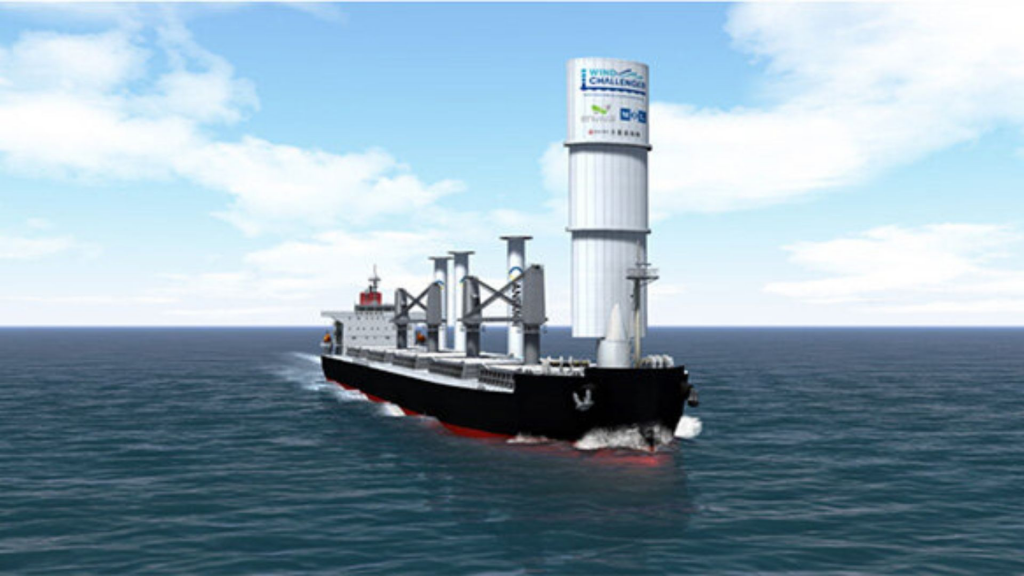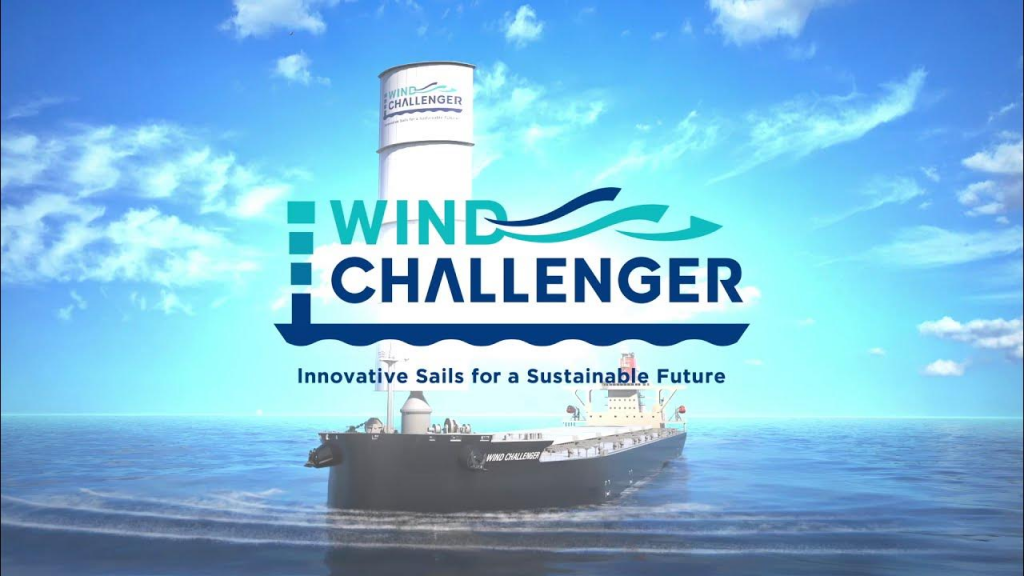Shofu Maru, the world’s first partially wind-powered bulk carrier ship completed its first sea journey on October 28.
This ship has raised optimism about greener voyages in the future.
The Japanese shipping company Mitsui O.S.K. Lines (MOL) has delivered the 100,422 dwt (dead-weight tonnage) bulk carrier.
“Wind Challenger is the project [that] converts wind energy directly to a vessel propulsion force through an extensive use of the latest technologies,” Ms. Fumie Matsumoto, media relations officer at MOL, told IE on Thursday.

“It is respected for revolutionary technology contributing to reduce GHG emissions and realize a low-carbon and decarbonized society,” she added.
The ship has an adapted hard sail that is expected to reduce greenhouse gas emissions by five percent.
Shofu Maru has become famous for being the “first of its kind.” It brings the return of wind energy as a functional source of energy and marks the onset of a futuristic time in present-day transportation.
It comprises an extendable, stretchable fiberglass sail that extends to an altitude of 55 meters and can carry 80,000 tonnes of coal.
According to the early studies, the company predicted using five percent less fuel when traveling between Australia and Japan. It was a significant milestone when it arrived at Newcastle on October 24, 2022.
According to MOL, a ship like this needs 500,000 Liters (L) of fuel for a trip of that duration. The reduction was equivalent to 25,000L.

After its first success, MOL will bring a second bulk carrier with the “Wind Challenger” which will be revealed in 2024.
The second “Wind Challenger” will cut down greenhouse gas emissions by an average of 20% when used together with rotor sails.
The MOL Group has set long-term objectives to reduce the intensity of GHG emissions in marine transport by around 45 percent by 2035 compared to 2019 and to achieve net zero by 2050.
Container ships that traverse through the world’s waterways give off around one billion metric tons of carbon dioxide (CO2) per annum.
Wild Challenger brings hope to the maritime industry.


